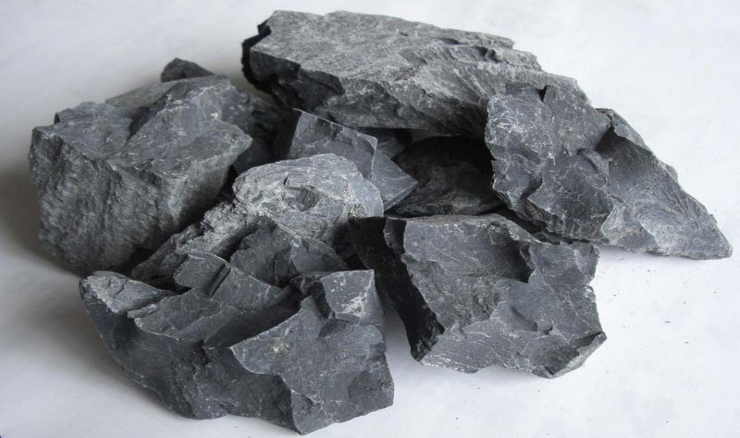Ball Clay Powder
Gadodia Limes is one of the leading manufacturers and suppliers of high quality Ball Clay Powder. Ball clays is a very rare mineral and is found in very few parts of the world. The name derives from early mining methods which used special hand tools to extract clay into cubes about 30cm thick. These cubes are rounded and become "fat" when the corners are knocked over from handling and storage. Sometimes called plastic clay.
Ball clays are of sedimentary origin. Ancient rivers and streams washed away kaolinite (formed from decomposed granitic soil) from the host rocks. As the creek flows through the upper area, they mix with other clay minerals, sand, gravel, and vegetation, then form a ball clays revetment layer before falling into the lower valley. Ball clays are generally composed of three main minerals: kaolinite 20-80%, mica 10-25% and quartz 6-65%. There are also other "auxiliary" minerals and certain carbonaceous substances (obtained from ancient plants). Large variations in the mineral composition and particle size of the soil result in different properties of the different layers of clay in the sediments.

Types
Ceramics: Spherical clay is used in many different industries, particularly as an important ingredient in the production of ceramics. Kaolin ("ceramic") burns to a very white color, but when used alone it must be mixed with ball clay to make a brittle, weak, workable and malleable raw material. essential. Due to its sedimentary origin, primitive soils come in a variety of colors. However, many of them are highly prized by the ceramics industry for their whitening properties that depend on the content of iron and other coloring/melting oxides in the clay.
Sanitary: The "ceramic body" of sanitary ware is generally composed of 30% spherical clay, 20% kaolin, 30% feldspar and 20% quartz/silica, providing plasticity and workability.
Crockery: Ceramic crockery uses spherical clay combined with kaolin, feldspar and quartz to provide high plasticity and a beautiful white color.
Wall and Floor Tiles: In addition to talc, feldspar, quartz/silica, and kaolin, spherical clay is used for its plasticity and adhesion.
Glaze and Angob: Ball clay is also used in the manufacture of coatings for ceramic products to ensure a perfect finish.
Fireclay: Because of its ability to withstand the effects of very high temperatures, plastic clay is ideal for use in refractory products such as ovens and furniture insulation.
Architectural ceramics: Ball clay occurs in building materials such as bricks, clay pipes, and tiles.
Electro-Porcelain Insulation: Spherical clay is an electro-porcelain component that provides insulation against high voltage currents.
Non-ceramic applications: construction, horticulture, agriculture, commodity industries, such as polymers, adhesives, plastics, sealants, fertilizers, pesticide fillers and bulking agents.
